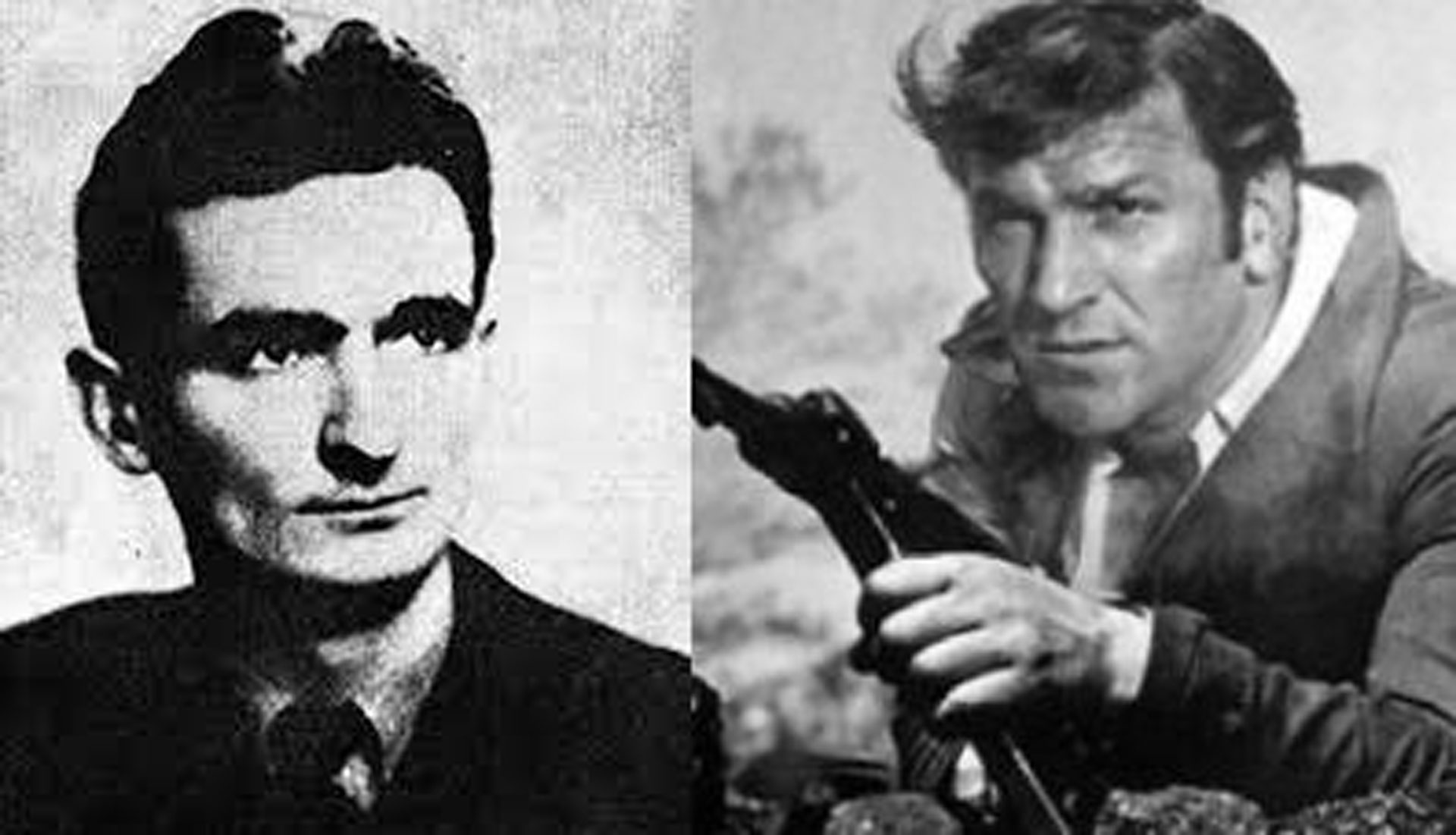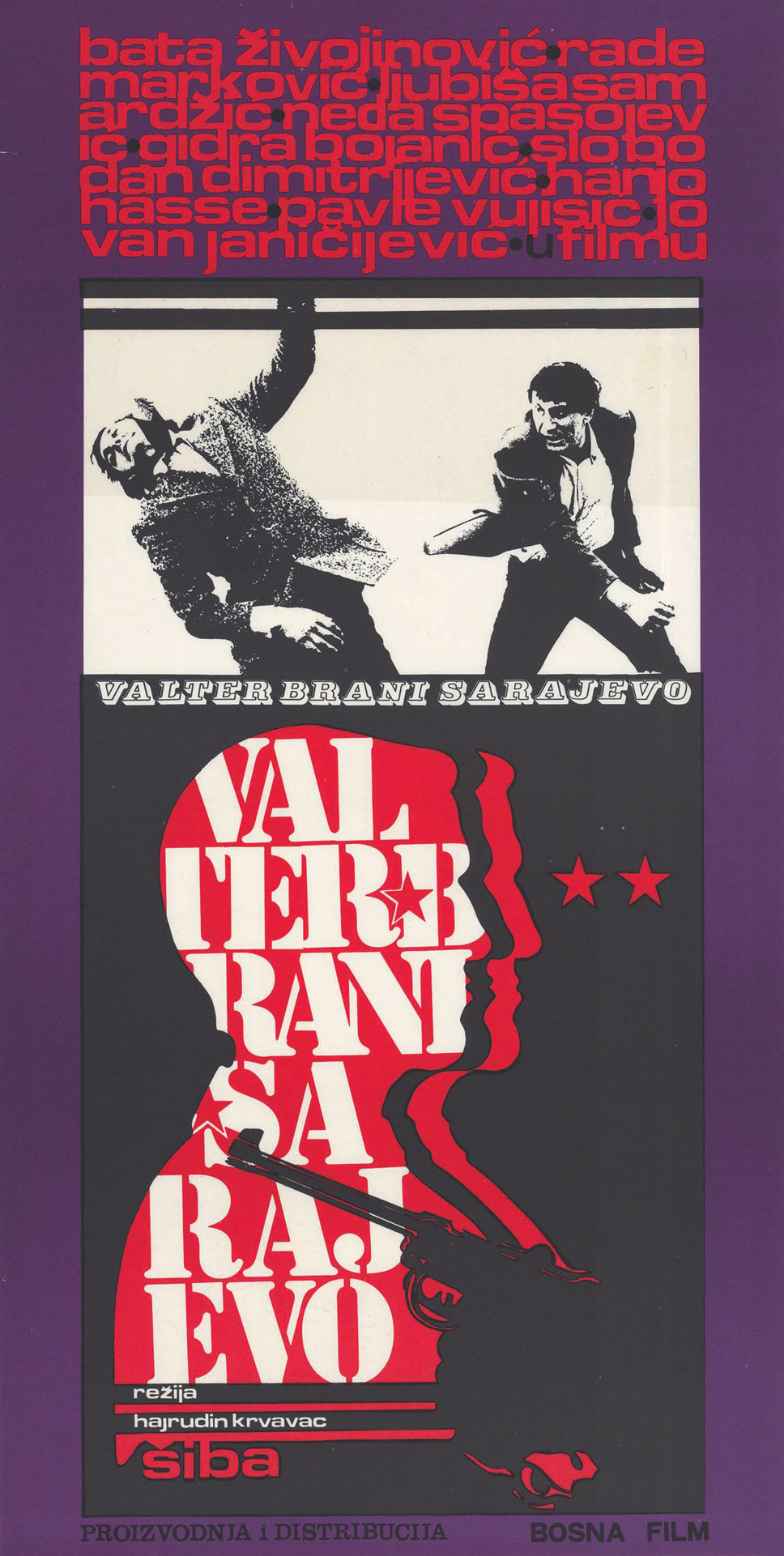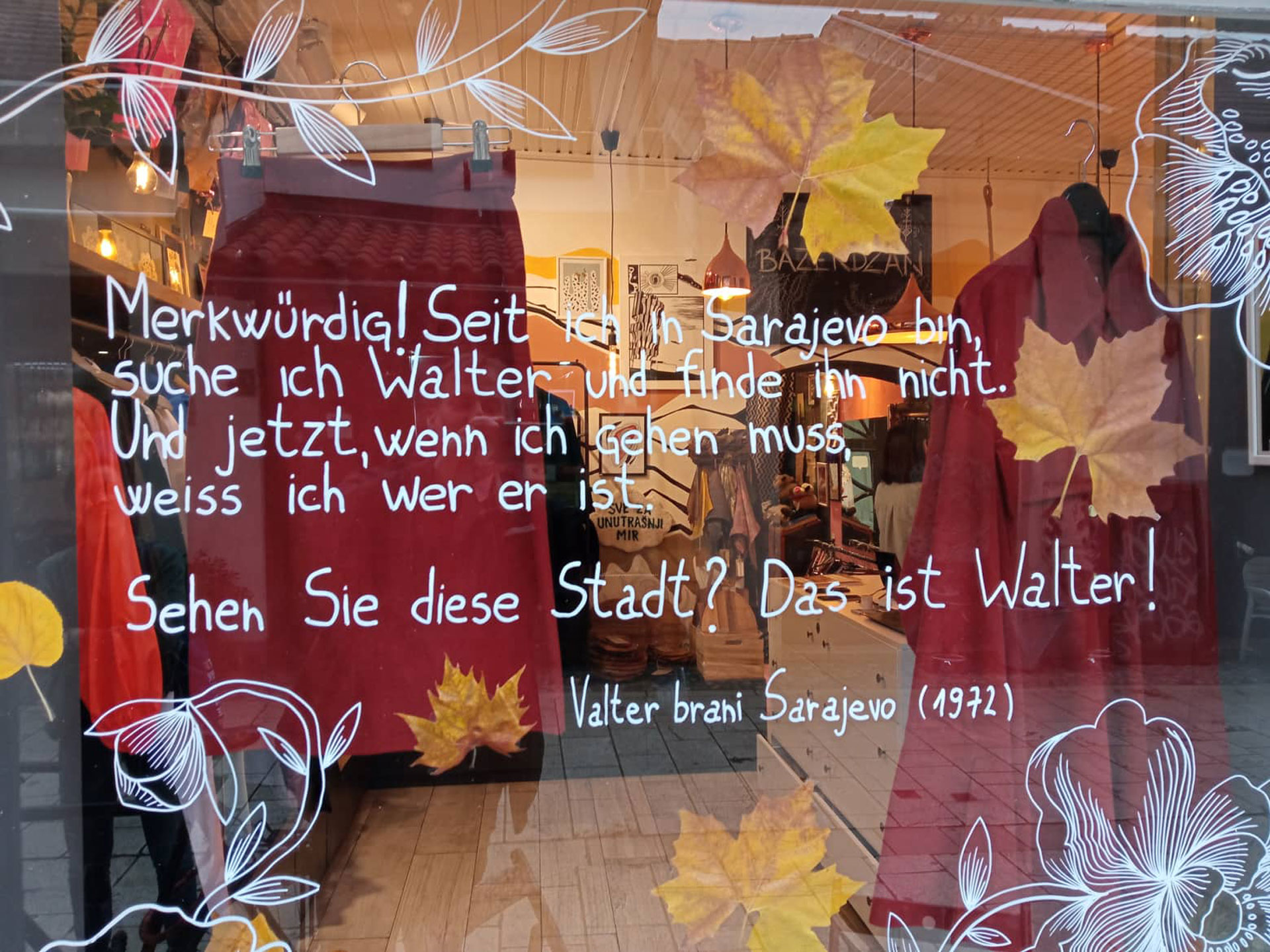Walter between history and fiction
In Sarajevo and elsewhere, most people know “Walter” through the movie “Walter defends Sarajevo” (Valter brani Sarajevo) made in 1972 by Hajrudin Krvavac. The movie plays in Sarajevo during the German occupation (1941-1945) and describes how the German occupiers desperately (and in vain) try to identify and arrest the Partisan leader who is only known under the alias of “Valter”; they create a fake Valter to infiltrate the underground, and for a long time even the spectators do not know who the “real” Valter is. Legendary is the final scene: Two German officers are walking on the heights above Sarajevo, one is about to leave the town and says to the other, that now, finally, after so many years, he knows who Walter is. The other reacts: “Sie wissen wer Walter ist? Sagen Sie mir sofort seinen Namen!” (You know who Walter is? Tell me his name right now!) The other answers: “Ich werde ihn Ihnen zeigen.” (I will show him to you). The camera pans on the panorama of the city of Sarajevo. “Sehen Sie diese Stadt? Das ist Walter.” (Do you see this city? This is Walter.)
Through this film, Valter became much more than an individual partisan hero: a symbol for collective resistance, for people’s resistance, for everybody’s resistance. But “Walter” was also a real historical figure. Vladimir Perić, born in 1919 in Serbia, came to Sarajevo in 1940 and became part of the Communist underground resistance in the occupied city in 1941, from 1943 as its main organiser. Under his nom de guerre Walter, he played a key role in reorganising the underground movement which had been weakened by many arrests, and many testimonies attest that he was very appreciated and respected by those who knew him. He did not live to see the end of the war, but was killed, only 25 years young, in the final operations for the liberation of Sarajevo, on 5 April 1945. “Sarajevo is liberated, but Walter is dead”, commented one of his comrades. He was proclaimed People’s Hero in Socialist Yugoslavia in 1953, and then his name became particularly popular through the mentioned movie from 1972.
How much do the film and the historical reality have in common? Was Sarajevo Walter? The film shows well how important it was for the underground movement to be connected with local inhabitants. But the film idealises the extent of the antifascist resistance and its support within Sarajevo. Walter himself mentioned the difficulties of organizing the resistance in the reports he wrote during the war. Not everybody was Walter.
Nicolas Moll




